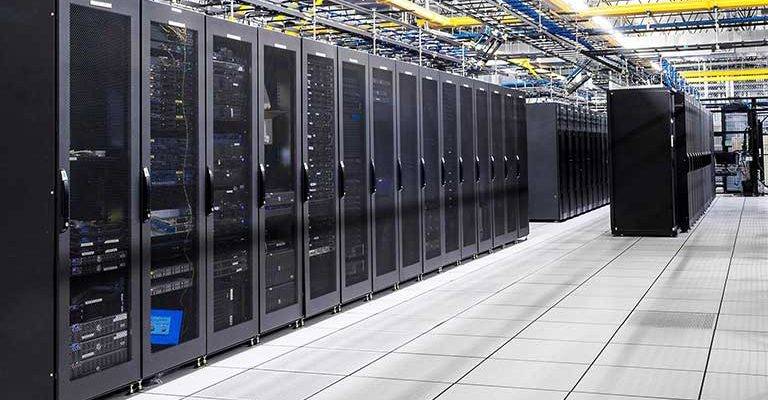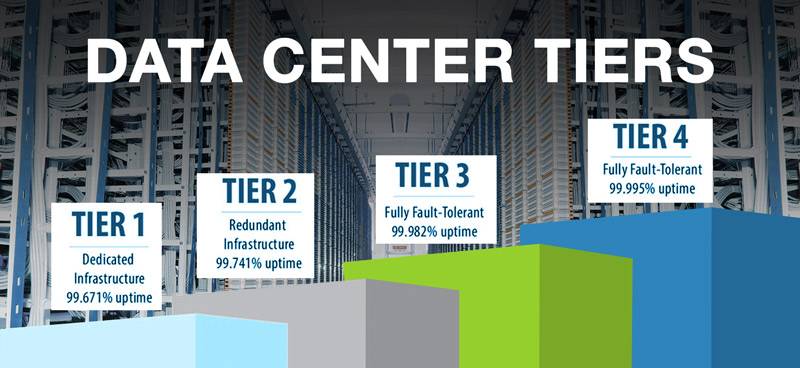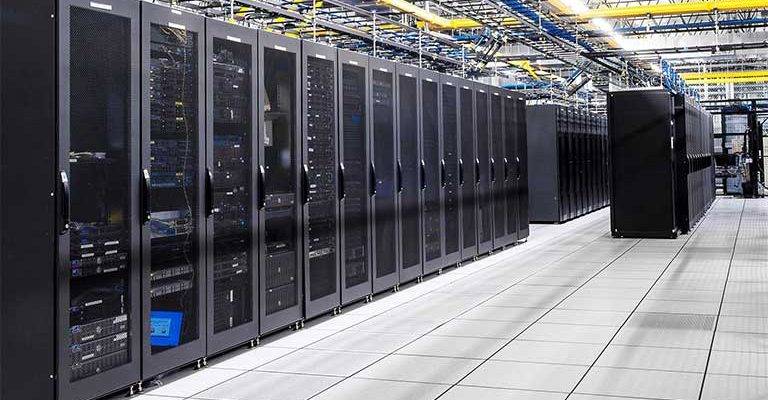What Should You Do Before You Search for a Colocation Server Provider?
It costs a lot to pick a provider, move in and become operational. If you make the wrong choice, the costs of moving out later will be much higher than the costs of moving in.
Before you sign a contract with a provider, you must begin with the end in mind. Here are some questions that will help you determine your colocation requirements:
What do you want to achieve? Understand not only your day-one requirements, but also what you want to achieve in the future (e.g. transitioning to the cloud, going to a high-density environment, using managed services, etc.).
What are your business and IT requirements? For example, determine if you need to replicate and/or archive your data. Do you need additional colocation data center locations for replication and data archiving?
What does your growth plan look like? Your colocation provider should help you scale in space and power, so you can move in different directions in the future.
The average colocation contract is one to five years, while a wholesale colocation contract ranges between five and 15 years. Even if you have a short term contract, you don’t want the costs, hassle and potential downtime related to changing data centers every three years. That is why it is vital to choose a provider who not only meets your current needs but who can also meet your future requirements.
Here are 10 things to look for in a data center colocation provider:
1. The power density to support both current and future technologies.
Data center power densities have been steadily increasing due to newer technologies and many clients require up to 10 kW per cabinet. However, not many colocation providers offer the power densities to support future technologies. A majority of colocation data centers were constructed prior to the density “boom” and can only support an average of 4 kW per cabinet. In order to support high-density environments vendors will distribute the load over a larger footprint or have to implement a supplemental cooling system. Both of these approaches address the power density issue, but increase the cost of the contract.
2. Flexible master service agreement (MSA) and service level agreements (SLAs).
Contracts are written to protect the provider. Be proactive in addressing contractual and SLA items that are critical to the business. Initial discussions will provide insight to vendors that are willing to include or revise verbiage to better protect the client. One crucial mistake we see is waiting until the selection of the vendor to address contractual or SLA concerns instead of including them within the search criteria.
3. Network carrier redundancy.
A corporation-owned facility is usually limited to a small number of network carriers that provide telecommunications services. Look for colocation facilities that are carrier neutral and have a variety of network carriers that can provide connectivity within the facility. Various network carrier options will allow for a competitive pricing situation to reduce costs and provide the ability to incorporate a redundant vendor network design. It is also important to understand which providers are “lit” within the building and identify others that can provide services through a connection from a carrier hotel. The carrier hotel will increase the provider options to the client, but will add costs associated with the additional cross-connect. Finally, understand the redundancy associated with the routing to and within the colocation facility.
4. High-density environments.
More floor space doesn’t equal a better data center. If you can be efficient and fit the same amount of equipment in a smaller space, you’ll reduce your operating costs. Forsythe analysis shows non-recurring costs (NRC) can be reduced by approximately $10,000. Monthly recurring costs (MRC) can be reduced by $3,000 for each cabinet consolidated.
5. The right location.
Many companies are transitioning to “lights out” facilities so they can manage everything remotely. Decide how far you want to be from your data center. Does it need to be located far away from natural disasters such as hurricanes and tornadoes? A “lights out” facility is the most risk-adverse and cost-effective option. However, the farther you are from your data center, the greater your networking costs. Choosing a data center that is close to home makes it easy to respond to issues. For fast disaster recovery, your replication data center should be located no more than 50 to 100 miles from your primary data center.
6. High levels of physical security.
Ideally, you should have multiple levels of physical security both inside and outside the data center. Before you select a colocation provider, ask what perimeter and external areas are covered by camera. Also understand vendor security procedures and if you can add your own security cameras within their space.
7. Alignment with disaster recovery and business continuity plans.
The power, cooling and networking in your replication data center should match — or be better than — what you have in your primary data center. This will help you remain up-and-running during outages. Vendors should also have technical expertise and the capabilities to support clients with the development and testing of a disaster recovery plan. Also look for a data center that has workspace for your technical team to use for disaster recovery testing and declarations. Many providers don’t have this feature or they sell the workspace to multiple clients and hope that they do not declare a disaster at once.
8. Compliance.
When it comes to compliance, many colocation providers say they offer certain Tier availability and may look like Uptime-certified data centers but they aren’t really. Be wary of false claims and verify your provider’s certification with the Uptime Institute. Also, clients should verify that colocation facility is SSAE 16 compliant and that the provider will support 3rd party audits at no additional cost.
9. Transitional services.
At a minimum, your provider should offer a comprehensive managed service portfolio, so you won’t need to dispatch your technical staff to flip a switch. Also, it is critical that your provider can evolve along with your IT and business objectives over the duration of the contract. Taking advantage of managed services will free up your team’s time to support business objectives while ensuring that your infrastructure operates smoothly.
10. Future growth.
With technology changing so rapidly, it is impossible to know where you will be in three, five or 10 years. Look for a colocation provider who allows you to expand in areas such as power and space. If you’re considering additional services, ask if your colocation provider will let you modify your master service agreement as your business changes.


